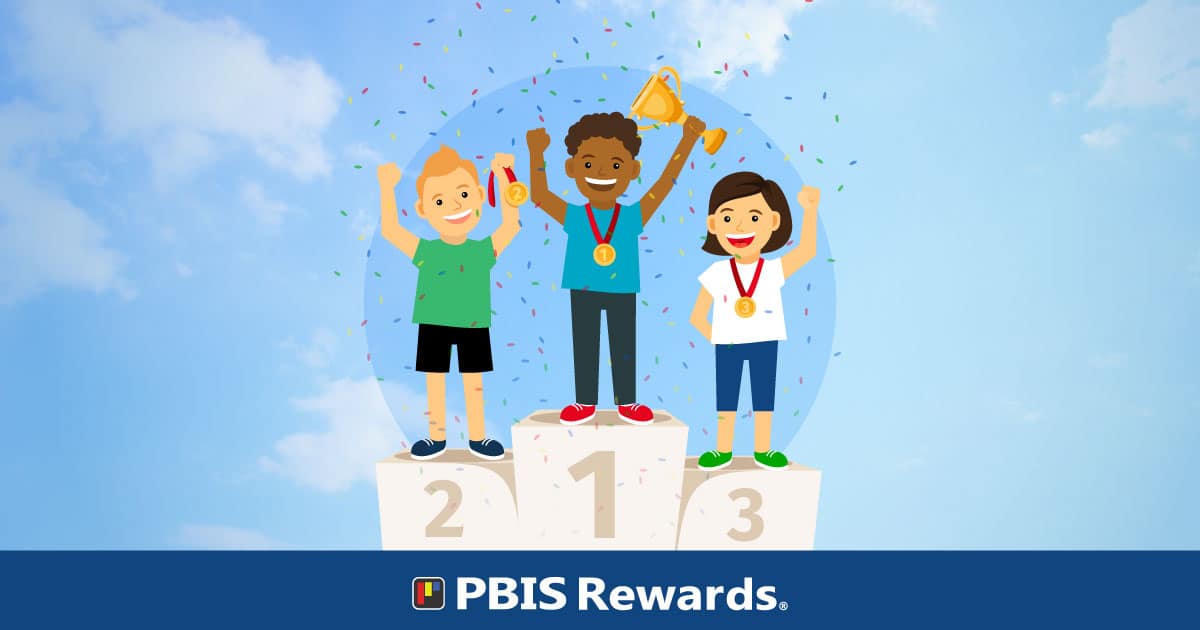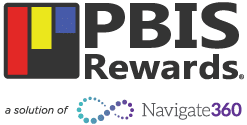An educator must wear many hats in the classroom – guide, advocate, instructor, manager, and yes, even disciplinarian sometimes. To help students develop the core social and emotional skills that will carry them through life, however, the most significant role may be that of an encourager. Encouragement can help students to build the confidence they need to try new things and persevere when things don’t come easily. For individuals accustomed to criticism and correction, praise and encouragement can feel artificial. It’s important to balance criticism and praise. But what is the right praise-to-criticism ratio? How often should you praise students?
Praise-to-Criticism Ratio
Many of us have heard of the “sandwich approach” of feedback, where one piece of negative feedback is “sandwiched” between two positive ones. This concept allows the student to begin and end with a positive mindset, with negativity cushioned in the middle. There are plenty of educators (and administrators) who use this method, with good results.
Cushioning negative feedback within positive praise can help build self-efficacy in students. Self-efficacy is composed of self-esteem, self-confidence, and perseverance – powerful qualities for a student to possess. The sandwich method can help students to build social and emotional learning (SEL) skills that will serve them well beyond their school years.
But why settle for “good results” when you can have GREAT results? Research has shown that a much more effective praise-to-criticism ratio is 4:1.
This ratio doubles the rate of positive feedback while keeping negative feedback at the same level. But for the 4:1 ratio to work, both positive and negative comments need to be specific and timely. Within the context of a PBIS initiative, behavior-specific praise can specify how a student’s actions reflect the school’s PBIS matrix:
- “I like how you walk quietly down the hall. That helps to not disturb other classes.” (Respectful)
- “Thank you for cleaning up your lunch table in the cafeteria. You are helping to make it ready for the next group to use it.” (Responsible)
- “You do a good job waiting for instructions in science class. This helps to protect yourself and others while we are doing our experiments.” (Safe)
It’s important to note that positive comments do not always need to cover the same topic. You can praise students and give positive feedback on a variety of behaviors, just as long as you adhere to the 4:1 ratio.
Addressing Negative Behaviors & When to Praise Students
Like all of us, students will make mistakes. Mistakes and misbehavior are part of learning. When negative behaviors arise, it is far easier to redirect and correct if your classroom has a culture of positivity. Using the 4:1 ratio means that positivity is a standard in your classroom. Students are more likely to be motivated to correct negative behaviors if they are accustomed to receiving positive feedback.
When it comes to establishing a standard of positive behavior in the classroom, one of the most powerful techniques is to frame classroom expectations in a positive manner. This is the difference between “don’t run in the hallway” and “walk quietly and calmly in the hallway.” Additionally, this positivity can help to build stronger teacher-student relationships.
Positivity is the foundation of a PBIS initiative, and a 4:1 praise/criticism ratio can go a long way toward making your initiative effective. PBIS Rewards can make management of your initiative easier by removing the manual element. No more tokens or paper tickets, automatic point tracking, easy redeeming in the school store, and lots of customizable reports… you can take your PBIS initiative to new heights!
We’d love to show you how PBIS Rewards can make it simple to recognize students for positive behaviors. Are you ready to learn more?
Request a Demo

